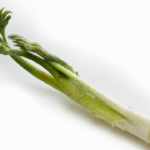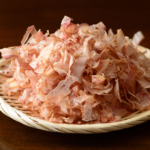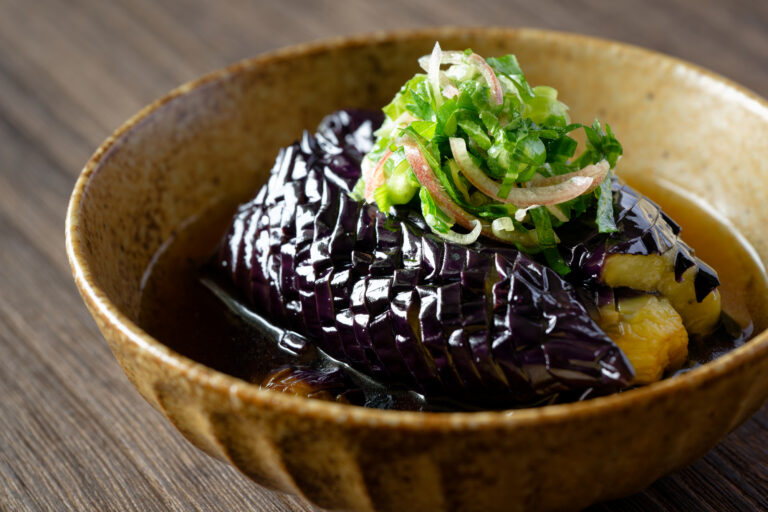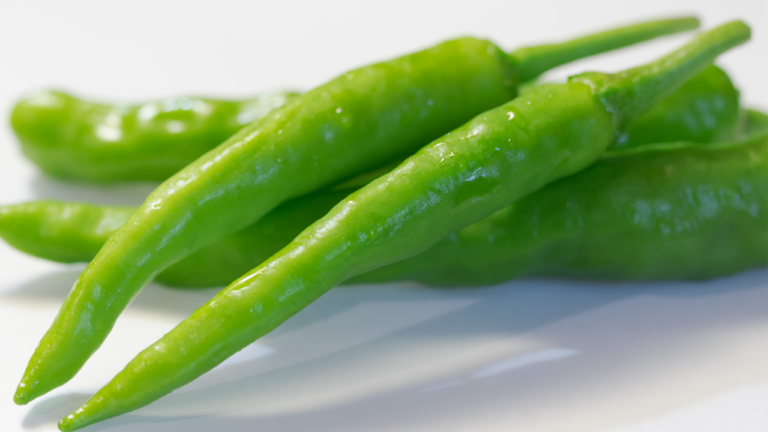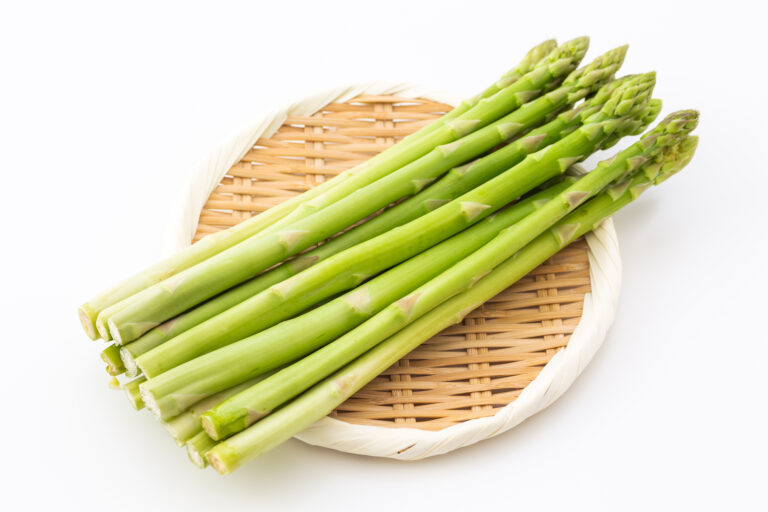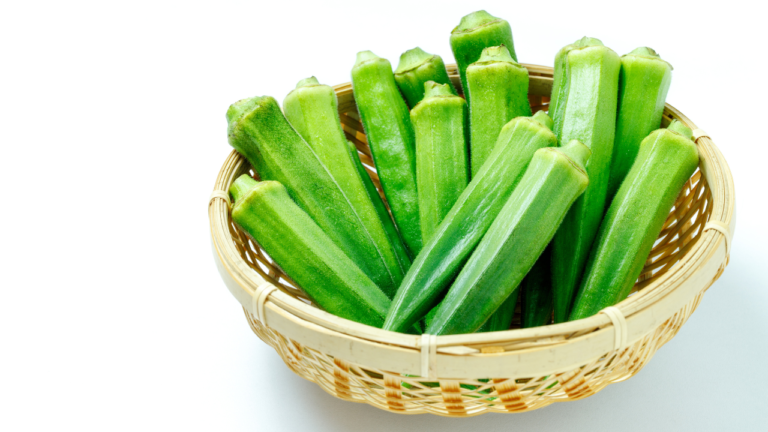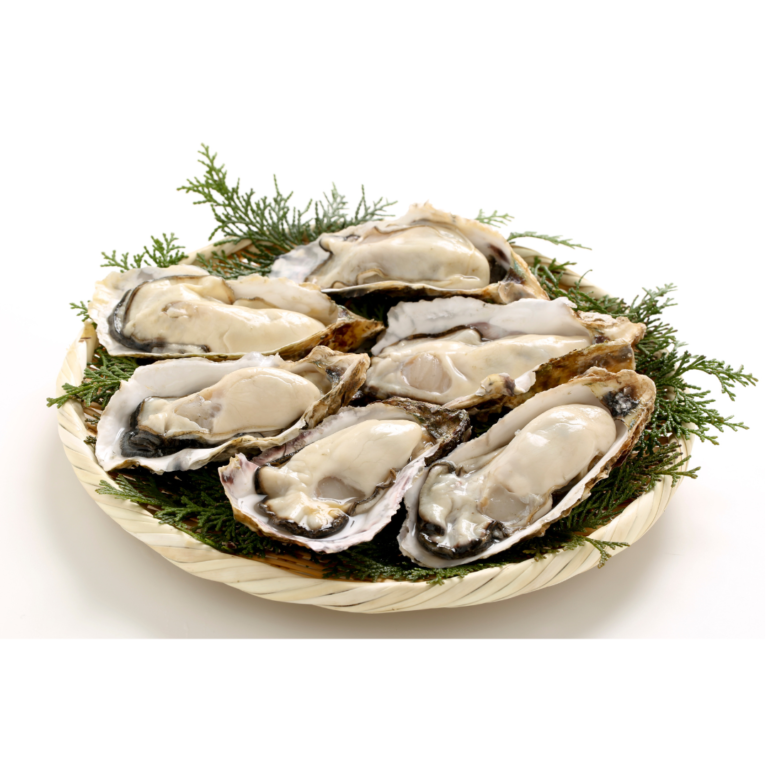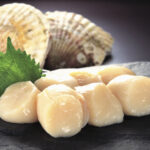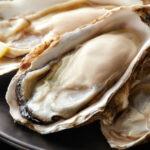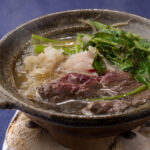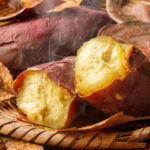Introducing the characteristics of smelt and recommended recipes using smelt
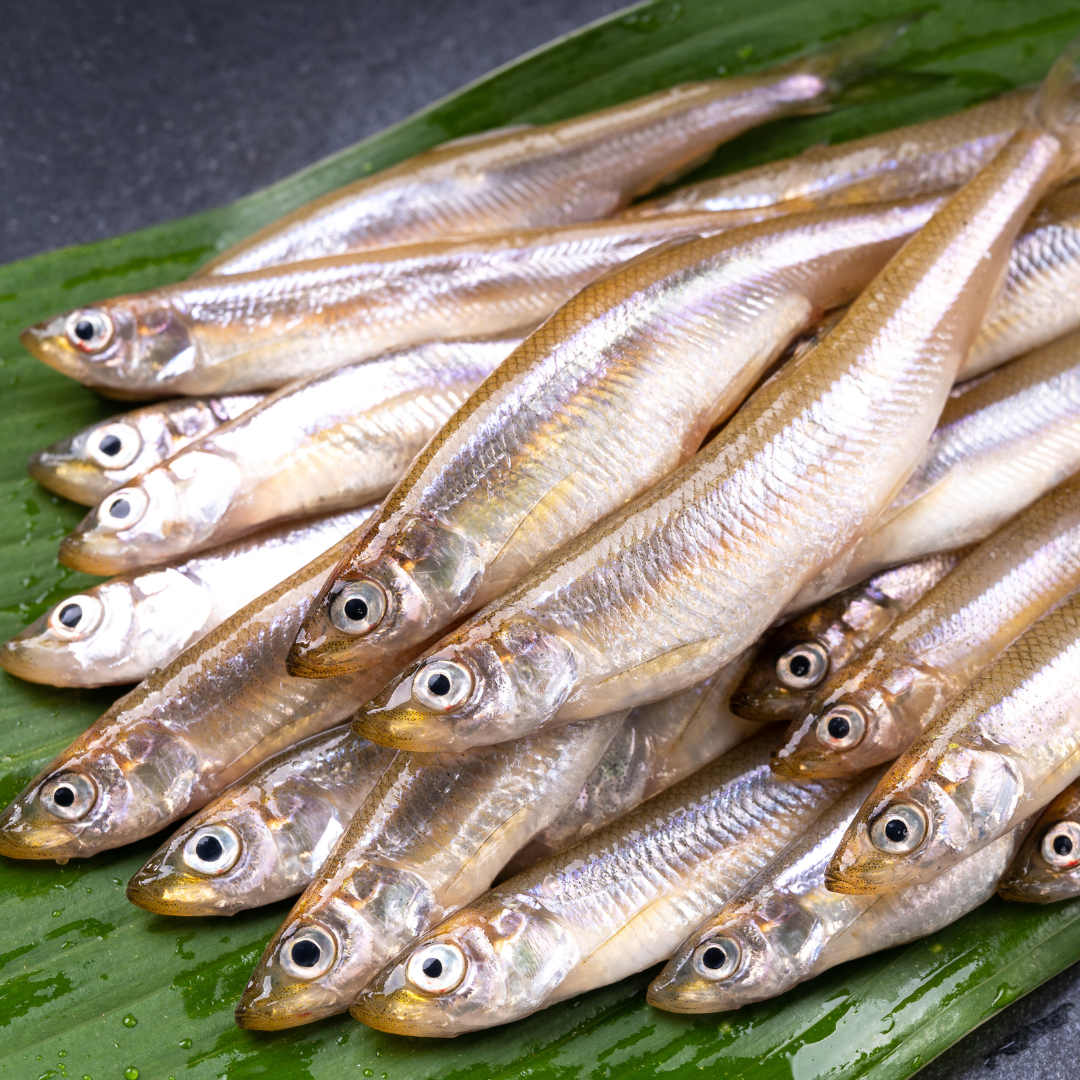
table of contents
What is smelt?
Smelt is a small fish that holds an important position in Japanese food culture. It lives in the North Pacific coast from the Asian coast to the North American coast, and is especially popular in many regions in Japan. In this article, we will introduce everything from the characteristics of smelt to how to eat it.
In Japan, it is also known as "public fish," "shira," and "young heron," and is found in many waters. In particular, lakes and marsh such as Kasumigaura and Lake Shinji have long been an important target for fishing.
The characteristic of this fish is its high adaptability. It is resistant to changes in water quality and low water temperatures, and is released in lakes and dams all over Japan, and is now established over a wide area.
Ecology and distribution
There are two types of smelt: the upstream migratory type that descends into the sea, and the river remaining type that spends its lifetime in freshwater. The spawning season varies depending on the region, but it is generally considered to be from winter to spring, and during this period, horde climbing upstream rivers can be seen.
The natural distribution range extends to Chiba Prefecture on the Pacific side and north of Ibaraki Prefecture (Katsunagaura), and on the Sea of Japan side north of Shimane Prefecture (Lake Shinji) and Hokkaido. It has also been introduced to California, the United States.
Smell as a fishery
Smelt is also a valuable fishing resource, and is particularly famous for fishing in Lake Biwa, Lake Shinji, and Lake Yamanaka. Smelt fishing is popular in these regions, and many people love the dishes made with this fish.
Another winter tradition, "ice-on-hole fishing" is one of the smelt fishing. This method of drilling holes in the frozen lake surface and enjoying fishing from there is a popular traditional Japanese winter game.
Smell cooking
There are a wide variety of ways to cook smelt. Small items can be eaten with the bones, so fried foods such as tempura, fried foods and fried karaage are common.
It is also used as a preserved food for tsukudani or sweet stew. Fresh smelt is also delicious as a sashimi, and is sometimes popular in the UK as "Whitebait."
Recommended recipes using smelt
This time we will introduce the particularly delicious marinated smelt and stewed smelt. These dishes are delicious, allowing you to fully enjoy the flavor of smelt.
Marinated smelt
Ingredients (serves 4)
- Smelt: 300g
- Green onion, celery, cucumber: 1 each
- Red pepper: 1 piece
- Carrot: 30g
- Vinegar: Half cup
- White wine: half cup
- Lemon juice: 1 tablespoon
- Sugar: 1 tsp
- Salt and pepper: a little each
- Wheat flour/frying oil: Appropriate amount
How to make it
- Lightly wipe off the smelt, sprinkle salt and pepper, and leave for about 5 minutes.
- Chop celery, peppers, green onions, cucumbers and carrots into 3-4cm long slices.
- Combine vinegar, white wine, lemon juice, sugar, salt and pepper to make dipping sauce.
- Sprinkle the smelt with flour, fry in oil at 160°C, and remove once. Raise the oil to 170°C, add the smelt again and fry twice until crispy.
- Remove any excess smelt oil with a paper towel and soak it in the dipping sauce while it is still hot.
- Add the cut vegetables to the smelt in the dipping sauce and mix, then chill in the fridge for 2-3 hours to allow the flavor to blend.
Stewed smelt
material
- Smelt: 50
- Syrup: 4 tablespoons
- Seasonings (soy sauce, sake, etc.): Appropriate amount
How to make it
- Stick the smelt 10 at a time into a skewer, grill both sides to avoid burning, and remove from the skewer. Place in a pot, put a drop lid, pour plenty of water, and simmer over high heat for about 30 minutes.
- Discard the broth, add the seasonings, put on a drop lid again, and simmer over medium heat for 20 minutes. Add the syrup, simmer and mix with the whole simmer, turn off the heat and let cool.
Enjoy dishes that bring out the fullest appeal of smelt with these recipes. The marinade in particular is delicious even when it is cold, making it perfect for summer dishes. The stew also condenses the delicious flavor of the smelt, making it a perfect side dish for rice.
summary
Smelt condenses the deep charm of Japan's nature and food culture in its small body. Through this fish, you can enjoy connections with nature and traditional eating methods.
Learning how delicious smelt is one of the great ways to feel the four seasons of Japan. If you have the next opportunity to visit the lakeside, be sure to try some smelt dishes.
